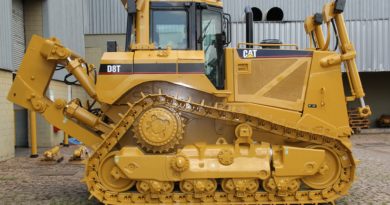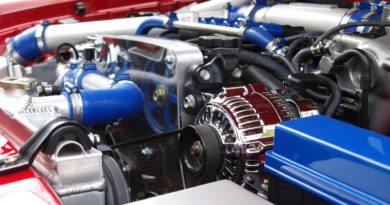Berkeley/MIT Solar-Powered Device Draws Water from Dry Air
Researchers at MIT and Berkeley’s University of California, have created a hi-tech device that uses ambient solar energy to draw liters of water that a home requires daily from the air — even in desert or dry temperatures.
Omar Yaghi, one of two senior authors of the paper, explained in a Berkley press release how metal-organic frameworks (MOFs) are created and their enormous capability to absorb liquids and gases, as well as water straight from air at a low humidity. Engineers from MIT used a MOF to create a water reaper that draws water from dry air and contracts it for consumption. The water harvester, synthesized at Berkeley and built at MIT, uses sunlight to heat the MOF, removing the water vapor and condensing it for use.
According to Yaghi, this discovery is a most important leap forward in the enduring trial of garnering water from the air at low dampness. The only additional way to achieve this to-date has been by using more energy. One’s electrical home dehumidifier ‘yields’ extremely costly water.
MIT mechanical engineer Evelyn Wang, who teamed up with Yaghi to turn the MOF into a water-gathering system, commented that their research creates a novel way to extract water from air and one that doesn’t need great comparative humidity environments. The new way is also far more energy proficient than other prevailing technologies.
Confirming that the device placed on a rooftop works in reality under conditions of 20-30 percent humidity, using 1kg of MOF the model pulled 2.8 liters of water from the air during 12 hours. This proves that thousands of devices can be made with additional engineering.
Yaghi also said that one future plan is to have H20 off-grid. In other words, people will have their own home device operating on ambient solar to supply water that fulfills the requirements of that home. He calls this “personalized water.”
While Yaghi said this proof of concept harvester allows room for expansion with the present MOF absorbing only 20% of its mass in water, while other MOF materials might absorb as much as 40% and up. Additionally, the MOF can be fine-tuned to be even more efficient at lower or higher levels of humidity.
Yaghi and co-researchers are now refining their MOFs. Wang is improving the harvesting system in order to yield more water.




